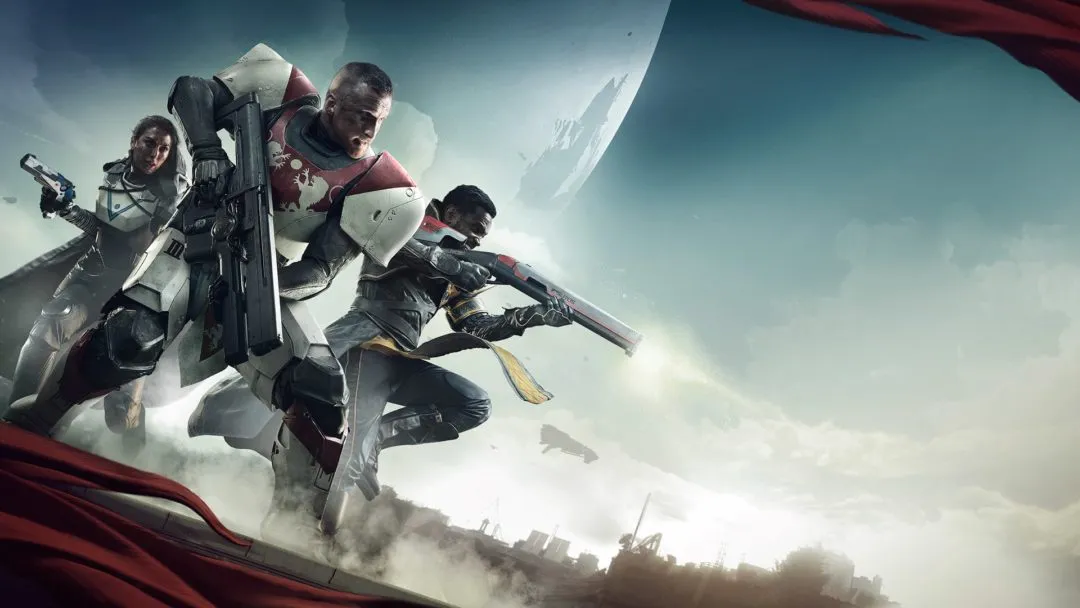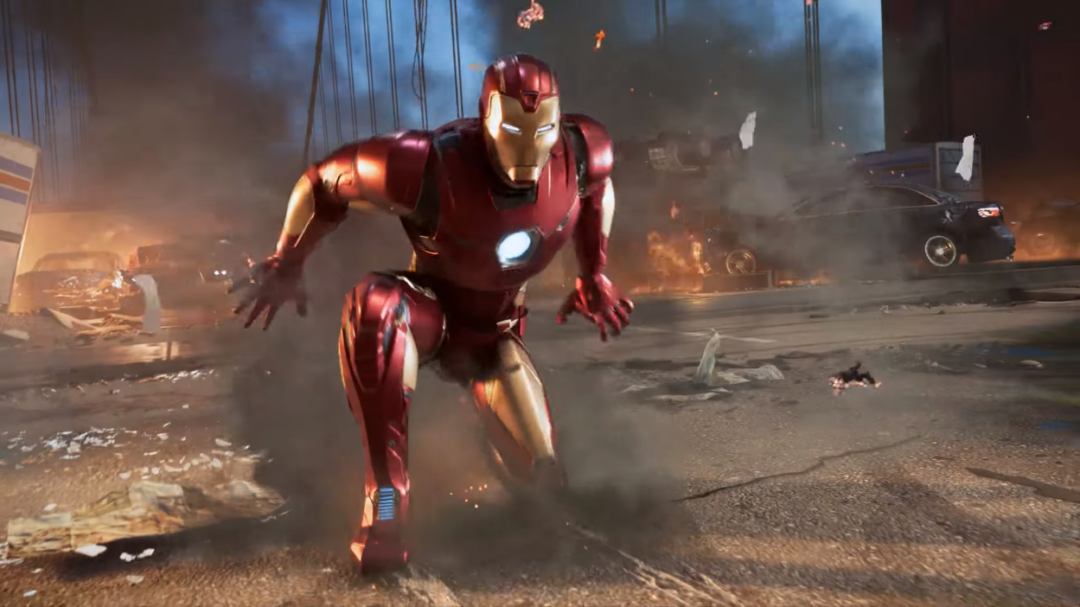“So Shamus, what do you think of / have you heard about the new System Shock Enhanced Edition?”, was a question everyone kept asking me last week.
But rather than talk about the Enhanced Edition specifically, let’s talk about why System Shock is a daring, celebrated, and influential game that absolutely deserves a place in gaming history, while at the same time it’s also a frustrating mess that doesn’t hold up at all.
Some classics are timeless (Super Mario and Doom) and are still fun to play decades later, while other classics (System Shock, Dune II, the first SimCity) are historic novelties best remembered at a distance. System Shock is the latter sort of classic. It’s not that it was bad for its day. It’s that nearly everything it does has been done better by one of its many progeny.
But before we talk about what’s wrong with it, let’s talk about why it’s a big deal.


There are three major franchises that can be counted as descendants of System Shock. (Most of them actually descended from System Shock 2, which is a better game in everything aside from story.) System Shock was created by the long-gone studio Looking Glass Games and was a collaboration between Doug Church and Warren Spector. Church went on to make the Thief series, and Spector went on to create Deus Ex, and you can see bits of the System Shock DNA in both titles. Ken Levine joined the series for System Shock 2, and famously went on to make BioShock, the game most deliberately attempting to recapture the System Shock feel.
I’ve always hated the term “thinking man’s shooter”, which was popular around the turn of the century and used to describe games like System Shock where you had inventory, skills, puzzles, dialog, or other non-shooting things. The term had the stench of elitism about it, like the people who play “regular shooters” don’t like thinking. But ignoring that, System Shock really is the original “Thinking Person’s Shooter”. (Some people would argue that title should more rightfully go to Marathon. That’s probably a flamewar waiting to happen, so I won’t debate the point.) While Doom, Wolfenstein, and Rise of the Triad were happy to hand the player a huge pile of ridiculous weapons and set them loose in a maze of bad guys, System Shock (and later Deus Ex and BioShock) were much more concerned with things like context, story, tone, themes, and mechanics with emergent properties.
I can’t say for sure that System Shock is the first game to use audio logs, but it’s the earliest example of them I’m aware of. (And since CD-based games were very new, there isn’t a lot of room for other games that might claim the title of “first games to rely on audiologs”. Even lo-fi audio can rapidly outstrip the store capacity of floppy disks.) I think audio logs have something of a bad reputation as a lazy storytelling device here in 2015, but in 1994 they were a smart and effective way to put a story into a game when we lacked the basic tools needed for dialog and personal interaction.
The System Shock developers built the game around the things that computers could do well in 1994. It focused on open exploration, scavenging for resources, basic shooting mechanics, and passive storytelling. What it gave us was a sort of mashup of cyberpunk shooter, survival horror, metroidvania, and RPG mechanics.

BioShock is often thought of as the most direct successor to the System Shock legacy. It’s steampunk instead of cyberpunk, underwater instead of outer space, set in the past instead of the future, but a lot of the core ideas are still there. (At least until the third game, which – for good or for ill – is one of the most un-System Shock games ever made.) Having said that, I never really connected with BioShock. It dumped all of my favorite aspects of System Shock like open exploration, inventory, and resource scavenging, and instead made the story a more central focus. That’s fine, inasmuch as that brings the game into the modern age and makes a game the general public would actually buy, but it does leave me still wishing for that System Shock “feel”.
System Shock also had a pretty strong villain in an era when games had a lot of trouble making interesting villains. Long before The Matrix made cyberpunk mainstream, long before Portal made crazy AI a running gag, and long before Deus Ex asked how much power we should entrust to an AI, System Shock gave us Shodan: A cunning, megalomaniacal, omnipresent AI to oppose the player. Each new zone of the game reveals some new horrible thing she’d done, constantly raising the stakes until the player is able to confront her at the end. As a boss fight she was nothing special, but as a character and a foil for the player she was spectacular.
Okay, so System Shock is a classic full of great ideas, new mechanics that would become common practice, ambitious storytelling, and a solid villain. So what’s the problem? Why is this game not something you can recommend to the next generation like Ocarina of Time, Doom, or Super Mario?

It’s the interface. It’s horrible. You can overlook dated graphics, low-bitrate sound, emulation hassles, and cheesy cutscenes, but there’s no getting around terrible game feel.
You move with the keyboard, and aim your weapon at things using a mouse cursor. In 1994 this made sense as one possible way that the emerging world of first-person gaming might evolve, but after playing for two minutes you’ll see why this idea went extinct. Holding down the “D” key so you can sloooooowly pivot in place and click on the monster that’s biting you in the butt is comical in its awkwardness.
By default, your view takes up less than half the screen. Along the bottom are windows for weapons, your map, and your inventory. The left and right edges of the screen are given over to buttons for your cybernetic powers. Your health bar at the top is massive, taking the entire width of the screen and nearly a seventh of its height. There are options to make these elements see-through, but it still feels like walking around with a Microsoft Excel spreadsheet superimposed on your vision.
The player character is a complex thing to control. “Piloting” is the word that comes to mind. You can lean, crouch, crawl, climb, jump run, and (if you get the right upgrade) skate around the gameworld. Add in the buttons needed to manipulate all your various implants, plus the weapon controls, and you’ve got a game that uses about half of the standard keyboard.

The game asks a lot of you. There aren’t any waypoint markers, and your goals aren’t always clearly spelled out. In places it’s sort of adventure-game-ish in the way it expects you to collect items and solve problems with them without much coaching. It usually doesn’t gate your progress, so you might accidentally stray into a dangerous area before you’ve collected the weapons and tools you need to keep up with the enemy. It’s hard and long and you have to find your own way through.
It’s not a horrible game, and I’m not trying to talk people out of playing it. In fact, I’d love if there were more people out there who were familiar with this historic oddity and supportive of shooters with this level of complexity. I’d just hate to see a new generation rush in after hearing the hype and then wondering what all the fuss was about.
We can argue about what is the “Citizen Kane” of gaming, but I’d call System Shock the Metropolis of gaming: It’s famous and innovative, but not many people have actually watched it, and the things it did right were mostly done better by later efforts.
But as people are so fond of pointing out: Games Are Not Movies. It’s a lot easier to sit through an old movie that to work your way through an old game. But sometimes it’s good to do it anyway, just to understand how the hobby evolved. By all means, give System Shock a look. Just be ready for the goofy controls, obtuse missions, audio log-based storytelling, and odd interface. There’s a good game in there if you’re willing to work for it.
(Have a question for the column? Ask me!.)
Shamus Young is a programmer, critic, comic, and crank.





Published: Oct 5, 2015 07:00 pm